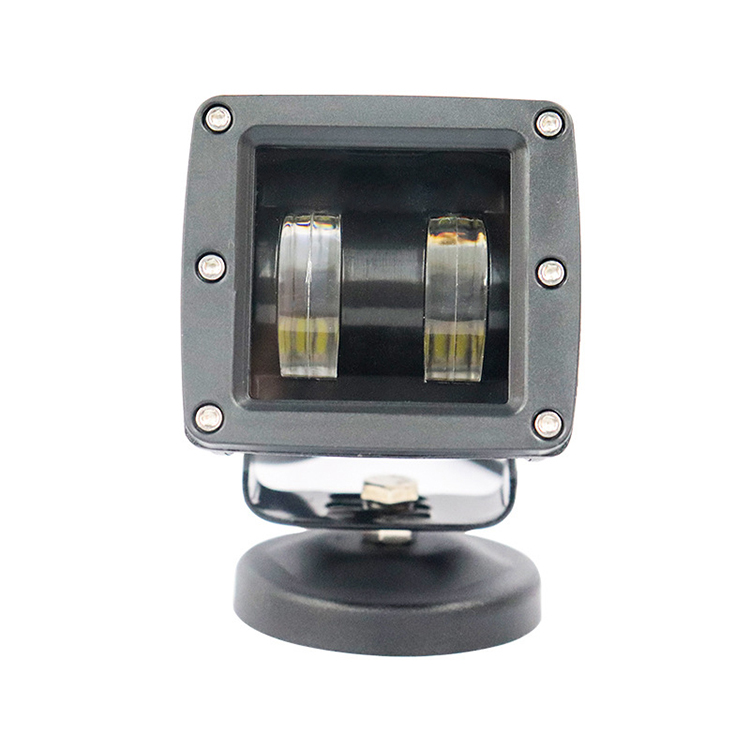A Light Soft Article Lamp—often used in footwells, door trims, dashboards, or ceiling liners—is primarily made from a combination of optical fibers, silicone or TPU (thermoplastic polyurethane), LED light sources, and adhesive backing layers. The optical fiber serves as the medium for light transmission. These fibers are designed to guide light from the LED source through the length of the lamp strip, distributing it evenly along the path for a consistent glow.

The outer encapsulation material, usually soft silicone or TPU, protects the optical fiber and LED structure while offering flexibility and durability. These materials are selected for their resistance to high and low temperatures, moisture, and wear, which are all critical for in-car environments. Moreover, their soft texture makes installation easier around curves and irregular surfaces.
At the heart of the lamp is a compact LED module. These LEDs are low-power, energy-efficient, and capable of producing various colors. Some versions include RGB LEDs that allow color customization via a smartphone app or vehicle control system.
An adhesive or mounting system—often a peel-and-stick backing or plastic clip mechanism—completes the composition, enabling secure attachment to the vehicle's interior panels without damaging surfaces.
The Light Soft Article Lamp balances form and function. Its composition ensures safety, ease of use, and customization while meeting aesthetic and ambient lighting needs in a car interior environment.
How Effective Are Auto Lighting Parts and Accessories in Enhancing Vehicle Performance and Safety?
Auto lighting parts and accessories play a crucial role in both the safety and aesthetics of a vehicle. Whether it's headlamps, fog lights, tail lights, or interior lighting accessories, the quality and performance of these components directly affect driving visibility, signaling clarity, and the overall user experience. But how well do they actually perform in real-world conditions?
Modern auto lighting parts have benefitted significantly from advancements in LED and laser technologies. Compared to traditional halogen bulbs, LEDs offer greater energy efficiency, quicker illumination response times, and longer service life—often reaching up to 25,000 to 50,000 hours. This increased longevity reduces the frequency of replacements and maintenance costs. Furthermore, the sharp and focused beam patterns produced by LED and laser headlights improve night visibility and reduce glare for oncoming drivers.
In terms of weather resistance and durability, quality lighting parts are rated with IP67 or IP68 certifications, ensuring they can withstand dust, rain, and minor submersion in water. This makes them reliable for varying road conditions and climates. Additionally, well-manufactured lighting components use polycarbonate lenses that resist UV degradation and impact, maintaining clarity over time.
Beyond basic lighting, accessories such as DRLs (Daytime Running Lights), underbody glow kits, turn signal indicators on side mirrors, and ambient cabin lighting contribute to both functionality and visual appeal. DRLs increase vehicle visibility during daytime hours, while mirror-integrated turn signals add extra safety cues for nearby drivers.
However, the effectiveness of lighting accessories depends heavily on compatibility, build quality, and proper installation. Poorly designed or counterfeit parts may result in uneven illumination, glare, or system failure. It is also essential to consider vehicle regulations in different regions, as certain modifications may not comply with local road safety laws.
Well-designed auto lighting parts and accessories demonstrate a strong performance in enhancing both the safety and visual sophistication of vehicles. When selected and installed properly, they contribute significantly to a more secure and comfortable driving experience.